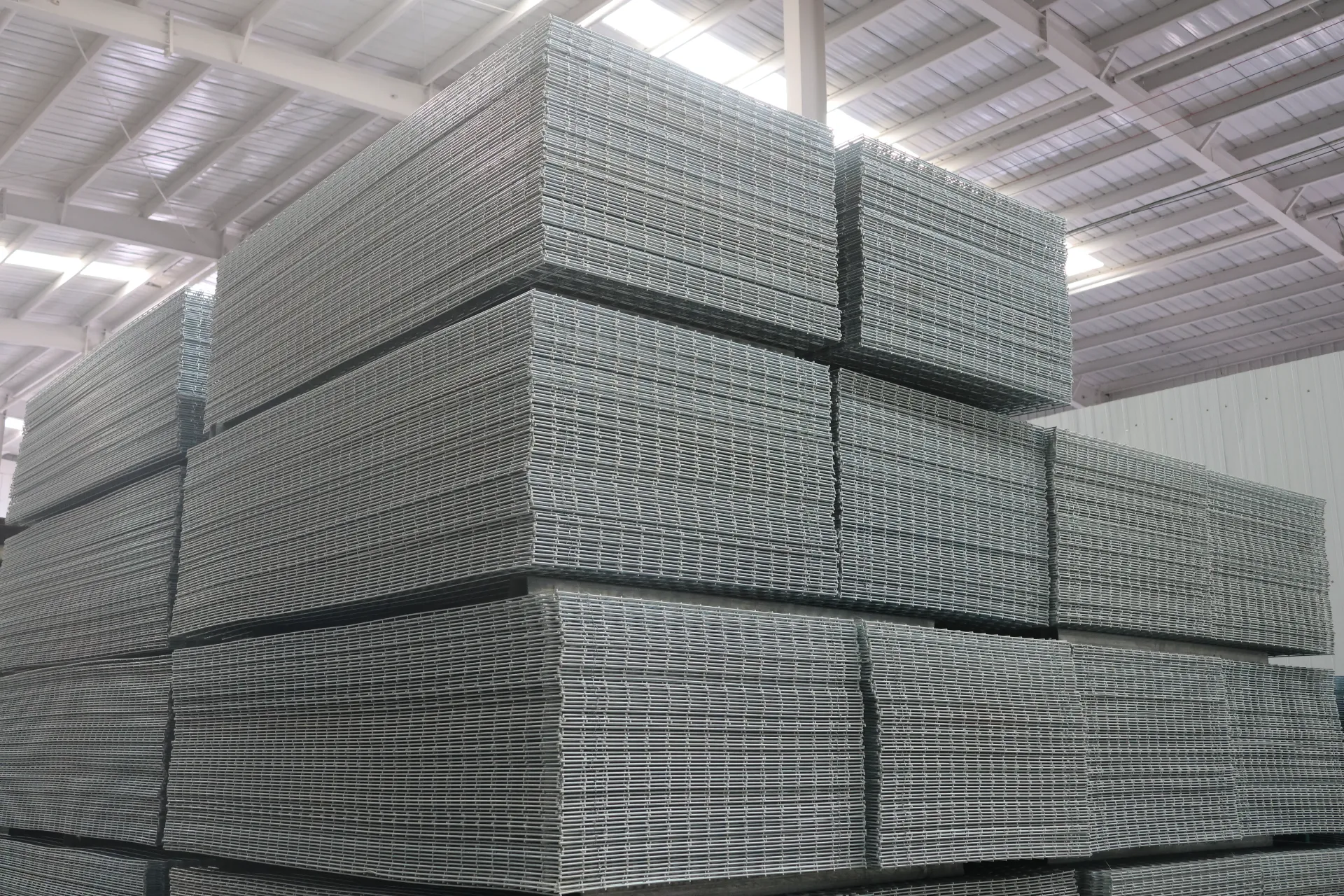Cost Analysis of Barbed Wire Fencing for Home and Agricultural Use
Understanding Barbed Wire Fence Prices A Comprehensive Guide
Barbed wire fences have long been a popular choice for property owners seeking security and boundary delineation. Whether used on farms, ranches, or residential properties, the price of barbed wire fencing can vary based on several factors. This article will explore the components that influence the cost of barbed wire fences and provide insights to help you budget for your fencing project.
Factors Affecting Barbed Wire Fence Prices
1. Material Quality The type of barbed wire you choose will significantly impact the price. Barbed wire is typically made from galvanized steel, which adds durability and resistance to rust. Higher-quality steel will generally cost more, but it can also provide better longevity and require less maintenance.
2. Gauge of Wire The thickness of the wire, known as gauge, is another crucial factor. Heavier gauges (lower numbers) are stronger but also more expensive. For example, a 12-gauge wire is more robust than a 14-gauge wire and can withstand harsh weather conditions better, leading to a higher initial cost.
3. Height and Configuration The height of the fence and the number of strands of wire you plan to use will also affect the overall price. Standard barbed wire fences typically consist of 3 to 5 strands, with prices increasing with the number of strands and height. A higher fence made of more strands provides enhanced security but requires a larger financial investment.
4. Installation Costs Beyond just the material costs, you need to consider installation. If you hire a professional to install the fence, labor costs can significantly raise the total price. DIY installation may save money, but it requires time, effort, and some technical know-how.
barbed wire fence price

5. Location and Accessibility The geographical location of your property can influence pricing as well. In remote areas, transportation costs for materials can be higher. Additionally, challenging terrain may require more labor and specialized equipment, further increasing expenses.
6. Permit and Regulations Some areas may require permits for installing fencing, which can add to the cost. Checking local regulations ensures you're compliant and can help you avoid fines and additional costs down the line.
Average Price Range
Generally, the price of barbed wire materials ranges between $0.10 to $0.30 per linear foot, excluding the cost of posts and installation. An average project might land somewhere between $1,000 and $3,500, depending on the factors discussed. It's beneficial to obtain multiple quotes and compare prices from different suppliers to ensure you get the best deal.
Conclusion
Investing in a barbed wire fence can provide security and delineate property boundaries effectively. By understanding the various factors that influence pricing, you can make informed decisions that align with your budget and fencing needs. Whether opting for high-quality materials, considering labor expenses, or evaluating your property’s specific requirements, a well-planned approach to purchasing and installing a barbed wire fence can yield long-term benefits for your property.
-
Space-Saving Chain Fence Hacks Vertical Gardening with Cyclone MeshNewsJul.16,2025
-
Innovations in Iron Nail Wire Production for Modern ConstructionNewsJul.16,2025
-
Creative Uses of Wire Netting Fence in Modern Landscape DesignNewsJul.16,2025
-
Barbed Wire Fence Innovations in Anti-Climb TechnologyNewsJul.16,2025
-
Architectural Uses of Umbrella Nails for Aesthetic Roof DesignsNewsJul.16,2025
-
Architectural Uses of Razor Barbed Wire in Secure Urban DesignNewsJul.16,2025




